Description
Moisture Meters for Grains in Uganda: Ensuring Quality and Longevity
In Uganda’s agricultural sector, moisture meters for grains are vital tools that help farmers, traders, and processors ensure the quality, safety, and marketability of their products. Measuring the moisture content in grains like maize, rice, and beans is crucial for preventing spoilage, reducing the risk of mold, and ensuring that grains meet the required standards for storage and export. This guide provides insights into moisture meters for grains in Uganda, their importance, types, and how they function.
Importance of Moisture Meters for Grains in Uganda
Grains are a staple in Uganda, both for local consumption and export. Ensuring that these grains have the correct moisture content is critical for several reasons:
- Prevents Spoilage: Excess moisture in grains can lead to spoilage due to mold growth, which can destroy entire harvests. Moisture meters help farmers identify when grains have reached the optimal moisture level for safe storage.
- Ensures Quality: For grains intended for export, meeting the moisture content standards is essential to avoid rejection at international markets. Proper moisture measurement ensures that grains maintain their quality throughout the supply chain.
- Optimizes Harvest Timing: Moisture meters allow farmers to determine the best time to harvest grains, ensuring that they are neither too wet nor too dry, which can impact yield and quality.
- Increases Profitability: By reducing losses due to spoilage and ensuring high-quality produce, moisture meters help farmers and traders maximize their profits.
Types of Moisture Meters for Grains in Uganda
There are various types of moisture meters available in Uganda, each designed to meet specific needs and applications in the grain industry.
1. Portable Grain Moisture Meters
These are handheld devices that allow farmers to measure the moisture content of grains directly in the field or during storage. Portable grain moisture meters are easy to use and provide quick results, making them ideal for on-the-go moisture assessment.
Key Features:
- Lightweight and easy to carry
- Digital display for quick readings
- Suitable for various types of grains
- Affordable and accessible for small to medium-scale farmers
2. Laboratory Grain Moisture Meters
These moisture meters are used in more controlled environments, such as laboratories or processing facilities, where precise moisture measurement is critical. They offer higher accuracy and are used for detailed analysis of grain moisture content.
Key Features:
- High accuracy and reliability
- Advanced features like data logging and analysis
- Suitable for large-scale processors and exporters
- Typically more expensive than portable models
3. In-line Grain Moisture Meters
In-line moisture meters are integrated into grain processing and handling systems. They provide continuous moisture monitoring as grains move through the production line, allowing for real-time adjustments to drying processes.
Key Features:
- Continuous, real-time moisture measurement
- Ideal for large-scale processing facilities
- Helps optimize drying processes and reduce energy costs
- Requires professional installation and calibration
How Moisture Meters for Grains Work
Moisture meters for grains work by measuring the electrical properties of the grains, which change with moisture content. The most common methods include:
1. Capacitive Measurement:
This method involves placing the grains in a sensor that measures their capacitance, or ability to store electrical charge. As moisture levels increase, so does the capacitance, which the meter converts into a moisture percentage.
2. Resistance Measurement:
In this method, the moisture meter measures the resistance to electrical current flow through the grains. Since water conducts electricity, grains with higher moisture content will have lower resistance. The meter then translates this resistance into a moisture percentage.
Moisture Meters for Grains Price in Uganda
The price of moisture meters for grains in Uganda varies depending on the type, brand, and features. Here’s an overview of what you can expect:
- Portable Grain Moisture Meters: These typically range from UGX 500,000 to UGX 1,500,000. They are affordable and suitable for small to medium-scale farmers.
- Laboratory Grain Moisture Meters: Prices for these meters can range from UGX 2,000,000 to UGX 5,000,000. They offer high accuracy and are ideal for larger operations and exporters.
- In-line Grain Moisture Meters: These are the most expensive, with prices ranging from UGX 5,000,000 to UGX 20,000,000 or more, depending on the system’s complexity and features.
Best Practices for Using Moisture Meters for Grains
- Calibration: Regular calibration of moisture meters ensures accurate readings. It’s essential to calibrate the device according to the type of grain being measured.
- Sampling: Take multiple samples from different parts of the storage or field to get an accurate average moisture content.
- Maintenance: Regularly clean and maintain your moisture meter to prevent dust and debris from affecting its accuracy.
- Training: Ensure that operators are well-trained in using the moisture meter correctly to avoid errors in measurement.
Conclusion
Moisture meters for grains are essential tools for Uganda’s agricultural sector, helping farmers, traders, and processors ensure the quality and longevity of their products. Whether you’re a small-scale farmer or a large processing facility, investing in the right moisture meter is crucial for optimizing harvests, preventing spoilage, and maximizing profitability. With a range of options available, from portable models to advanced in-line systems, there’s a moisture meter to suit every need and budget. By understanding the prices, types, and functionality of these devices, you can make an informed decision and ensure that your grains meet the highest standards.

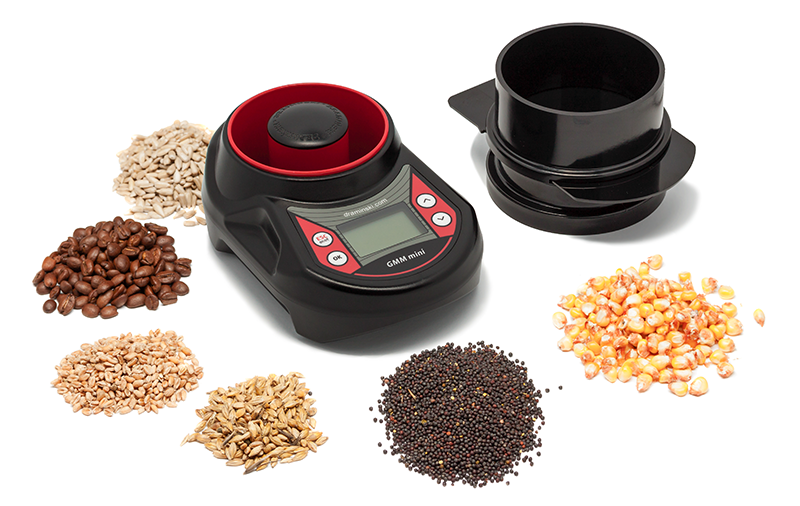
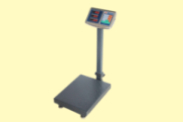

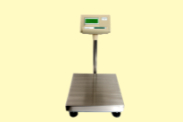
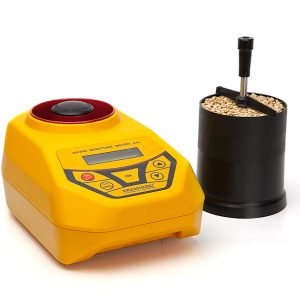
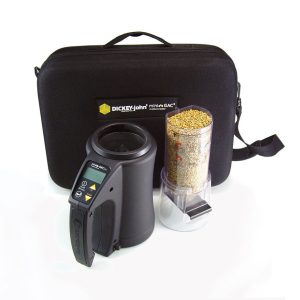
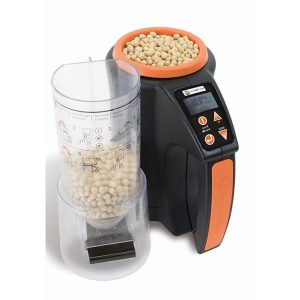
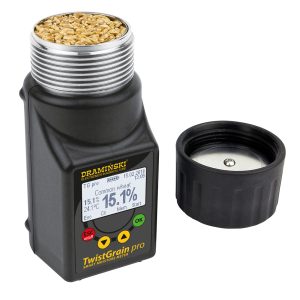
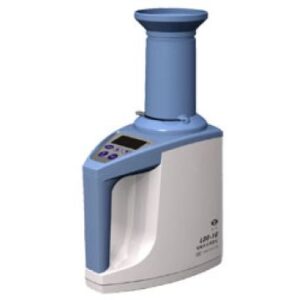



Reviews
There are no reviews yet.